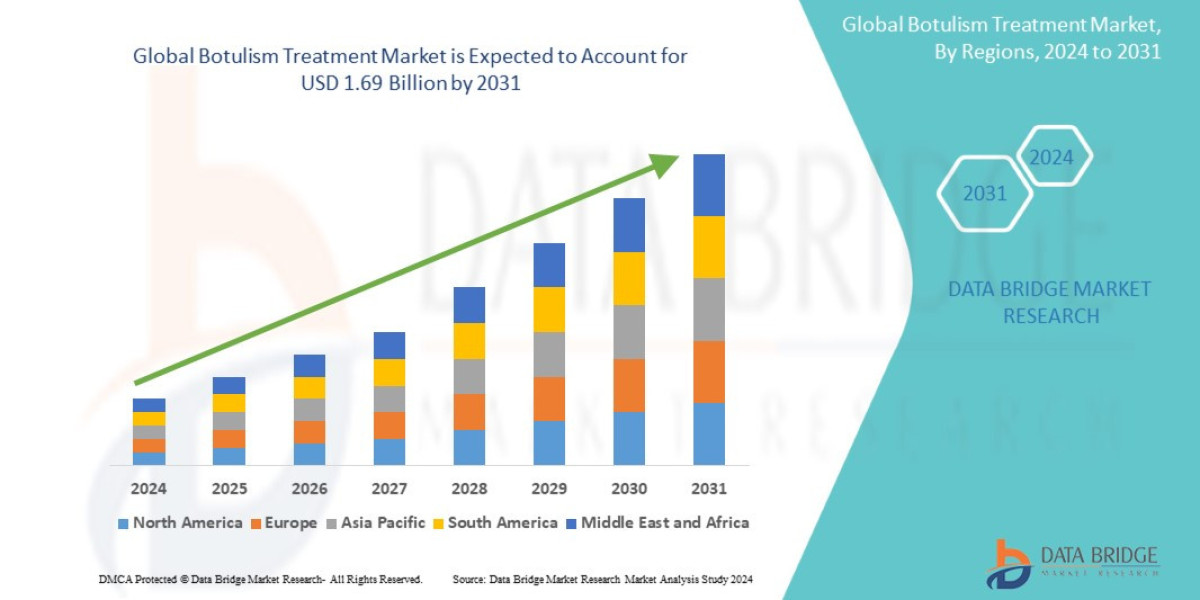There are about 25,623 companies using Microsoft SQL Server Reporting Services.
~ As per Enlyft.
Still contemplating if you should invest in it or not?
SQL server reporting services — a server-based report designer, builder, and deployment platform by Microsoft. For a CTO willing to adopt data-driven decision-making yet wants to maintain the data safely in the data warehouse, it’s a one-stop solution.
SSRS not only offers the leverage to visualize data in intuitive formats but also keeps your data safe from unauthorized access.
Fascinated to explore what SSRS has got for you?
What is SSRS?
Microsoft SQL server reporting services is a complete server-based reporting platform by Microsoft. Its capabilities to integrate with SQL server components & potent data retrieval, make it a winning choice.
SSRS integrations with a variety of data sources like relational databases, OLAP cubes, and XML data. And, also offers compelling formatting options and interactive features like drill-down & drill-through.
You can create, deploy, and manage a wide range of reports ranging from simple tables to intricate visualizations. This makes business intelligence & analytics easier than ever.
The best part? You can access the reports via a web-based interface or even embed them in a custom application. Limitless flexibility & accessibility. Voila!
SQL reporting services also offer tools for scheduling reports, delivery, and subscription. This makes it the ultimate choice for reporting solutions for translating raw data into insights.
Now, as you are well-versed with what SQL server reporting is, let’s unveil its key features.
Integration Capabilities of SQL Server Reporting Services
SQL server reporting services (SSRS) and SQL server, how do they work in tandem?
SSRS integrates with SQL Server and other Microsoft products efficiently, owing to its superior integration capabilities. This integration further enhances the functionality and use cases of SSRS reporting.
To be precise, SSRS uses SQL server as a primary data source to store the reports & metadata.
It uses SQL Server Analysis Services (SSAS) and SQL Server Integration Services (SSIS) for multidimensional data analysis and data extraction, transformation & loading, respectively.
SSRS’s integration with Microsoft SharePoint fosters diligent collaboration & distribution of SSRS reports. This ensures effective management and delivery of SSRS reports, empowering strategic decision-making.
Basics done and dusted? Now, let’s look at how Microsoft SQL server reporting services prove instrumental in resolving intricate business intelligence challenges.
Where do SQL Server Reporting Services Pitch In?
In today’s evolving business landscape, data plays a vital role in crucial business decisions.
Companies that have CEOs making data-driven decisions are 77% more likely to succeed ~ As per a Deloitte Survey.
SQL server reporting services prove instrumental in turning crucial reporting challenges down.
Let’s look at key data reporting challenges that businesses like yours face day-in-day-out and how SQL server reporting resolves them.
Data Integration & Democratization for SSRS Reports
Siloed business data and faltering integrations pose threats to data-driven decision-making.
SQL server reporting services foster seamless data integration & democratization. It enables integration for diverse data sources and fetches real-time data for reporting.
You may start to think — “What all data sources does SSRS support?”
To be precise, SQL reporting services support a wide range of data sources inclusive of relational databases like
- SQL Server
- MySQL
- Oracle
SSRS also thrives with other data storage solutions like
- OLE DB
- ODBC Connections
In addition to that, SQL reporting services can extract data from –
- Web services
- XML Files
- Cloud-based services like Azure
As discussed earlier in the read, SSRS facilitates a healthy integration with SQL Server Analysis Services for multi-dimensional data & intricate analytical reporting.
Now, you may start to think — “How does SSRS support critical decision-making that demands real-time data points?”
You’ll have nothing to complain about here, as SQL reporting services boast real-time data sync for reporting. It leverages direct active connections with data sources to fetch real-time data, empowering you to create on-demand reports based on live data.
SSRS also supports the creation of data-driven subscriptions and automated report generation, delivering up-to-date reports to users at scheduled intervals or triggered by specific events.
This real-time reporting capability is crucial for businesses that rely on timely insights to respond quickly to market changes, operational challenges, or customer needs.
This versatility enables organizations to centralize data from disparate sources into a unified reporting environment, eliminating data silos and providing a holistic view of business operations.
Let’s understand this better with an example.
Assume you are the CTO of a manufacturing company. You are facing challenges in managing and analyzing production data owing to dispersed systems.
Problem
You are currently operating with fragmented reporting for disparate systems. With scattered data, it’s difficult for the management to identify bottlenecks, spot inefficiencies & make informed decisions. Additionally, the static nature of traditional SSRS reports limited interactive data exploration and real-time insights.
Solution
You decide to integrate SSRS with Power BI to have a unified reporting solution.
Result
You are now enabled to access real-time, intuitive dashboards with a unified view of critical manufacturing data points. You are experiencing enhanced visibility, and faster identification of production bottlenecks, about a 15% incline in operational efficiency.
Customization of SSRS Reports
Customization is the need of the hour, today.
Specifically, when you are looking for a reporting solution like SQL Server Reporting Services, customization is of prime importance.
Thinking if SSRS supports customization?
Of course, it does.
To cope with your diverse reporting needs, Microsoft SQL server reporting services offer advanced report designing features. You can create & customize your SSRS reports using SQL Server Data Tools, a set of design tools.
You can design complex reports using tables, matrices, and charts with conditional formatting options. This allows your reports to change their appearance based on the data and conditions you put up.
Additionally, you can integrate custom code, expressions, and assemblies to extend report functionalities, leveraging endless customization possibilities.
Does your business need interactive & ad-hoc reporting?
Fret not! SSRS has still got you covered.
Interactive features such as drill-down, drill-through, and parameterized reports enable you to navigate through data hierarchies and focus on specific details without needing multiple static reports.
Ad-hoc reporting is facilitated through Report Builder, a user-friendly tool that allows you to create your own reports without deep technical know-how.
This self-service capability reduces dependency on IT departments for report creation and modification, fostering a more agile and responsive reporting environment.
Let’s understand this with an example.
Assume you are the CTO of a retail chain. You are struggling to put up scattered sales data across stores together, leading to ineffective inventory management.
Problem
Lost sales opportunities due to events of stockouts & overstocking.
Solution
You decide to implement customized SSRS reports that consolidate sales data across stores.
Result
Customized SSRS reports with advanced visualizations & heat maps helped you analyze trends & sales performance of specific stores. The events of stockouts and overstocking have been reduced by a considerable margin. Now, you have supervisory control over the inventory function across retail stores.
Safeguading SSRS Reports Data
As a CTO, your concern about safeguarding sensitive business data is certain.
Thinking about — “What data security provision does SQL server reporting services have?”
SSRS has you covered with role-based access control and secure data transmission mechanisms.
Role-based access control in SQL server reporting ensures that only authorized stakeholders gain access to sensitive business data.
As an administrator, you are empowered to devise access with specific permissions based on their job function. You can assign permissions for report viewing, creation, data source management & much more.
This superior control on “who gets to access/see what” helps tighten the level of data security & integrity. At the same time, this reduces the risk of data theft with a clearly laid out audit trail of SSRS reports accessibility.
Not to limit the security stature of SSRS reports here, it also has a secure data transmission mechanism in place. It uses Secure Socket Layer (SSL) encryption to protect the data traveling from the client to the server.
This advanced level encryption ensures sensitive information like financial details, customer details, and personal details are kept confidential.
SSRS supports the encryption of stored data within its databases. This includes encryption of the connection strings and other sensitive configurations, which are critical for preventing unauthorized access to the underlying data sources.
SSRS integrates seamlessly with SQL Server’s robust security features, such as Transparent Data Encryption (TDE) and Always Encrypted, to provide an additional layer of protection for data at rest.
Let’s understand this with an example.
Assume you are the CTO of a finance firm. You are anticipating risks of unauthorized access to sensitive financial information.
Problem
Potential risk of data theft and compliance issues to sensitive financial data.
Solution
You decide to implement role-based access and SSL encryption for SSRS reports.
Result
With the advanced security stature, your sensitive financial data is now prevented from unauthorized access. Only users with specified permissions can access the data. The trust of customers and auditors has risen owing to compliance with financial regulations.
Now that you are well versed in how SQL Server Reporting Services help you navigate through crucial reporting challenges, you must be looking for a reliable SQL server reporting partner to help you with the legwork.
Integrative Systems — Your SQL Server Reporting Services Partner
We are confident you have developed a sound know-how of SQL Server Reporting Services- A robust tool for creating, deploying, managing, and delivering reports.
You have the liberty to use SSRS services as a standalone solution or integrate it with business intelligence tools like Power BI.
Whether you are a beginner or a veteran, this comprehensive guide is all you need to enhance your understanding and usage of SQL Reporting Services.
This blog was brought to you by Integrative Systems — an MS SQL Reporting Services partner based out of Chicago.
What makes us stand apart is –
- Our partnership has brought a 50% reduction in costs to our clients.
- Our fast and responsive team of senior-level SQL experts provides top-tier services to solve your challenges.
- We don’t offer cookie-cutter MS SQL solutions, but solutions for unique needs, goals, and budgets.
Our list of services includes –
- SQL Server Services
- IBM i SQL Services
- SQL Consulting Services
- SQL Server Managed Services
- SQL Server Reporting Services
- SQL Server Integration Services
If you are looking for SQL server reporting experts who will turn your challenges into solutions at double the speed and half the cost, drop us a line at contact@integrativesystems.com, and our experts will get back to you withing 2 business days.







